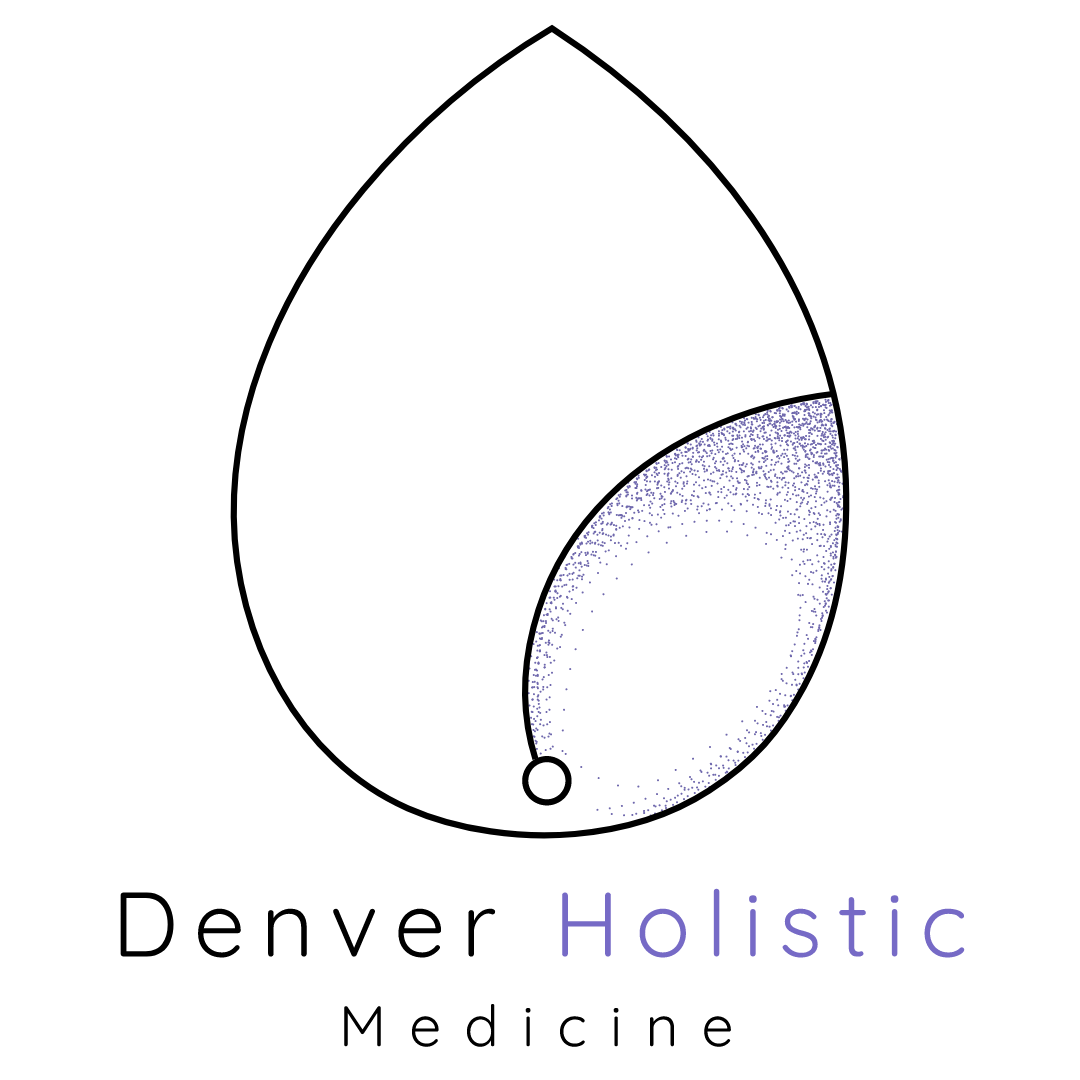Endometriosis is far more than a “bad period.” It’s a chronic, hormone-driven, inflammatory condition in which tissue similar to the uterine lining grows outside the uterus. It thrives on estrogen, scar tissue forms, pain develops, and fertility may be challenged. Many women with endometriosis also struggle with what’s called progesterone resistance— a silent but significant barrier to healing.
Read MoreOne of the most common concerns women share with me during perimenopause is: “Why can’t I think clearly anymore?” Many describe it as brain fog, forgetfulness, or difficulty concentrating. While frustrating, these changes are not “all in your head”—they have a true physiological basis.
Read MoreIf you’ve ever stepped on a smart scale, hoisted yourself into a DEXA scan—or simply felt concerned after noticing your muscle mass percentage—you’re not alone. Understanding what constitutes a healthy muscle mass for women by age can be transformative, not just for fitness goals, but for lifelong vitality.
Read MorePerimenopause is a time of hormonal shifts and often, confusion. One common imbalance I see in my practice is estrogen dominance, but not always in the way you might expect. Understanding how and why it happens—including the difference between relative and actual estrogen dominance—and how your body metabolizes estrogen via the 2-OH, 4-OH, and 16-OH pathways can empower you to make meaningful changes.
Read MoreMany women are told that menopause happens sometime in your 50s and that maybe, just maybe, you’ll get a few hot flashes along the way. But here’s what I see in my practice every day:
Women in their late 30s and 40s feeling like something is “off,” even though their lab results look normal. They’re told to wait. To brush it off. To accept that “this is just what getting older feels like.”
Read MoreAs a functional medicine doctor and women’s health fitness specialist, I often hear this question from patients in their 40s: “Why is it suddenly so hard to maintain my weight, energy, and mood?”
The answer often lies in the natural hormonal shifts that come with perimenopause—and one of the most powerful tools I recommend to support your body through this transition is strength training.
Let’s talk about why this matters, especially now.
Read MoreIf you’re in your 40s or 50s and suddenly finding yourself wide awake at 2:00 AM, you’re not alone. Insomnia is one of the most common—and frustrating—symptoms of perimenopause and menopause, impacting nearly 40–60% of women during this transition. At Denver Holistic Medicine, Dr. Simone Sturm helps women address insomnia through personalized, root-cause, and natural solutions that go beyond sleep aids.
Read MoreDiscover natural ways to optimize estrogen metabolism with Dr. Simone Sturm. Enhance hormonal balance at Denver Holistic Medicine for total wellbeing.
Read MoreFor many women, perimenopause and menopause represent a significant transition—not just physically, but emotionally and mentally. As hormone levels shift, so can mood, cognitive function, and overall mental wellbeing. Understanding these changes and how to manage them is vital for maintaining a good quality of life during this natural life stage.
Read MoreWhen the scale doesn’t budge—or even ticks upward—despite hours at the gym, it’s easy to feel frustrated, especially during perimenopause, when hormonal shifts already make managing weight more complicated. It may surprise you to learn that excessive exercise can actually contribute to weight gain in perimenopausal women.
Read More









